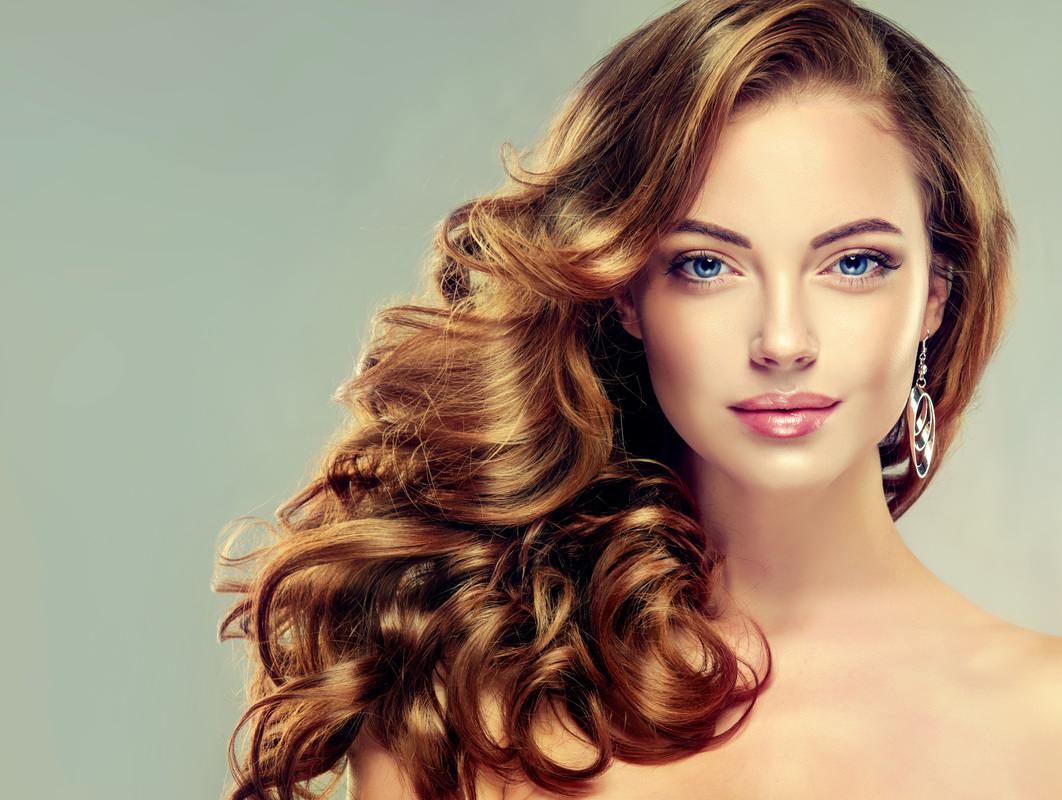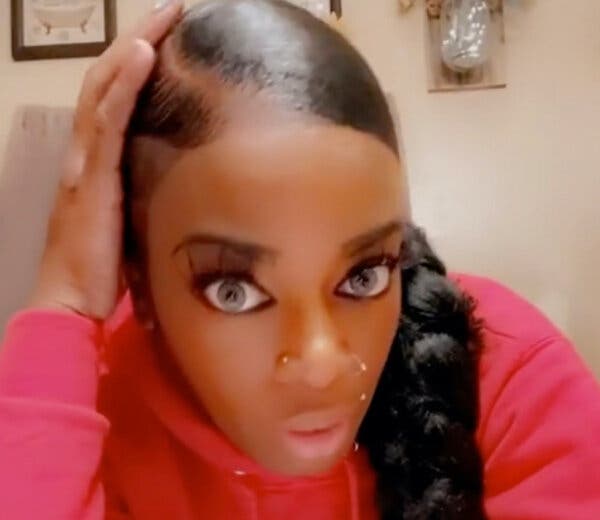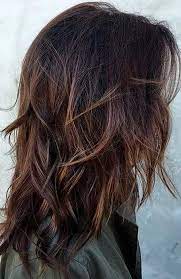
Fine hair
Fine hair can be identified by its diameter; thick hair refers to an abundance of strands; however, thin and fine hair describe strand width, according to veteran hairstylist Judy Crown. An easy litmus test for fine hair is holding one up against a thread; if it is thinner than this thread then this indicates finer locks.
As fine strands are more fragile and susceptible to breaking easily, they also tend to get oilier faster due to less sebum absorption by their shafts. Too much product or not thoroughly rinsing may exacerbate these problems and leave fine hair appearing limp or flat.
As there are various styling tricks to add volume and body to fine hair, using lightweight volumizing shampoo and conditioner is the first step toward giving fine locks more body. Next, try one of these expert-approved looks from short bobs to face-framing bangs:
Coarse hair
Coarse-textured hair stands out from its fine and medium counterparts by boasting wider diameter strands that contain all three layers of the hair shaft – the medulla, cortex, and cuticle. While more resistant to dryness than fine and medium textured locks, coarse-textured locks may still become brittle under improper care conditions.
Test its elastic resistance: this is the ideal way to determine if your hair is coarse! Take out a strand, stretch it between your index finger and thumb, and see if it breaks or remains stretched but becomes brittle; if so, fine; otherwise medium texture hair (such as medium wave patterns); if elastic but difficult to manage then coarse!
Coarse hair looks gorgeous when worn in braids, french braids, twists and ponytails. To maintain its health and keep it beautiful, look for conditioners containing glycerine and natural oils in conditioning products and consume an adequate diet consisting of zinc, biotin, omega-3 fatty acids and Vitamin C-rich food sources (such as eggs, fish, nuts seeds green vegetables). This will encourage natural hair growth!
Curly hair
Curly hair comes in various textures, from loose ringlets to tightly coiling spirals. While many people rely on its curl pattern as an indicator of their hair type, its distinguishing features go well beyond mere shape of each strand.
If your strands feature an “S” pattern and have an approximate circumference to that of sidewalk chalk, you likely have Type 3 hair. As this curly texture tends to feel dryer than others, Breyer recommends using styling gel or pudding and deep conditioning at least once every week to maintain healthful locks.
Type 3 curls, like all others, can become dry over time. High porosity (meaning their strands absorb and don’t retain moisture easily) will benefit from products which nourish while hydrating without oversaturating such as the Good Housekeeping Institute Beauty Lab-tested L’Oreal Paris EverPure Moisture Shampoo and Conditioner while those with medium porosity (closing the cuticle to keep strands moisturized) could benefit from gentle products which close it.
Long hair
Long hair is an iconic sign of good health. From loose, flowing curls that frame your features to tumbling layers in a sexy ombre shade, long locks are both feminine and classy.
Try a center part and gather your locks into two loose, low ponytails; take one strand from each ponytail and create ladder braids which hide elastics for an easy yet chic style; for added elegance try adding some pretty accessories such as flower crowns or bejeweled slides as finishing touches to complete this style!

